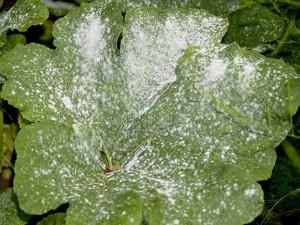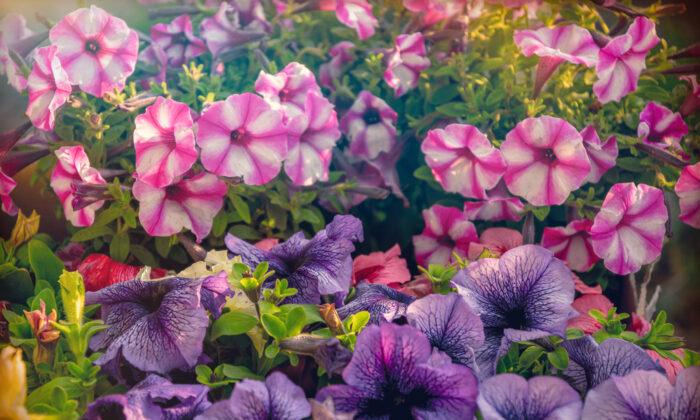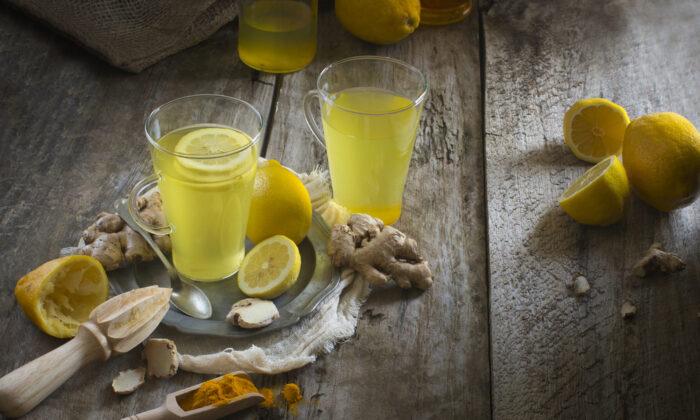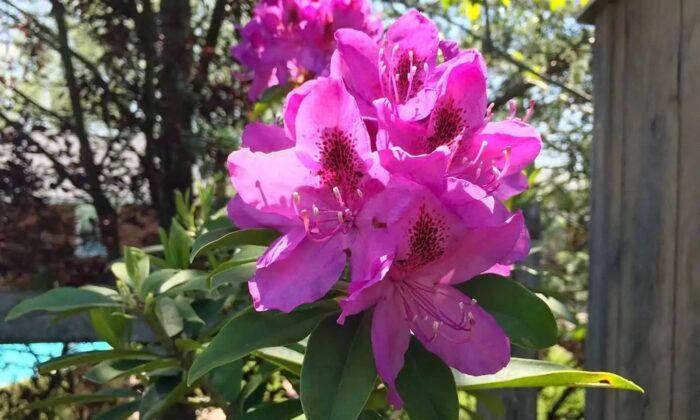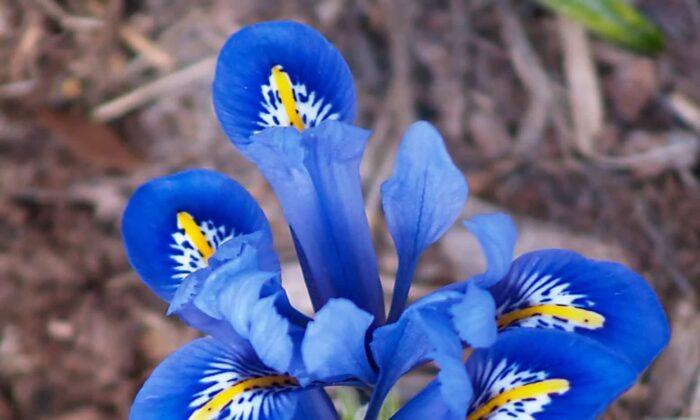When it comes to battling fungi, organic gardeners have a limited spectrum of treatments available. Baking soda spray, milk, and a few other household concoctions discourage certain fungal infections, but not all. Bordeaux mixture – a solution of copper sulfate, lime, and water – has been used since the 19th century to control fungal infections of vegetables, fruit, nuts, trees, and ornamental plants. And copper solutions and powders have been used for centuries to control diseases in plants and trees. These natural minerals – mixed and applied correctly – provide safe protection for your plants and are approved for organic gardening and growing.
In my area of Pennsylvania, we’re no strangers to yearly fungal infections. In the past 8 years, I’ve seen powdery mildew, black spot, downy mildew, early blight, late blight, and a few other infections in my flower beds, fruit trees, shrubs, and vegetable garden. Some could have been avoided by paying closer attention to what I planted where. But others were the result of too much rain, too little sunlight, consistently cool temperatures, or long stretches of high humidity. Some may have been brought in on plants from garden centers, or fungal spores may have been airborne, drifting in from infected plants as far as a mile away.
The most frustrating aspect of these fungal diseases is that once they set up residence, the chances of their reappearance in subsequent years is strong, even if you destroy the infected plants. Fungi are notorious for overwintering in soil or on that tiny bit of foliage you overlooked when it fell from the plant. Given the right conditions the following season, the spores find their way to foliage and reproduce like mad. Again. And again.
The best way to control fungal diseases in your garden
The best methods of organic control of fungal diseases is proper soil management and proper sighting of your plants. Those plants and trees which are susceptible to fungi should be planted in areas with sufficient airflow so they dry quickly after watering or rain (think wide open, sunny spaces). Use native fruits and ornamental plants whenever possible, as they are adapted to your area’s weather conditions and soil and some may possess a built-in resistance to your region’s most common fungi. At the very least, they’re better able to survive the infection.
But even the best garden plans go awry during a wet, cool, or consistently damp growing season, when even the most resistant plants can become infected. When powdery mildew, downy mildew, blight, and other fungi start appearing in your county, you may want to take preventative measures to protect your garden. Once the diseases appear, little can be done to eliminate them via organic methods, and the best you’ll manage is some degree of control. Copper ions in these mixtures impact the enzymes in the fungal spores so as to prevent their germination, which means they’re most effective BEFORE the fungi lands on the plant or tree.
To begin treatment, prune out as much of the infected foliage as possible, and put it in a trash bag, not the compost pile. Then treat the remaining foliage and all of the other susceptible plants in your garden, even if they’re on the other side of your property (I’ve seen powdery mildew hop from my Hollyhocks to my vegetable garden, with more than 35 feet of lawn between them).
How to apply Bordeaux Mixture and copper fungicide solutions
Plant diseases controlled with Bordeaux mixture and copper fungicide solutions:
- Fire Blight
- Potato Blight
- Black Spot
- Peach Leaf Curl
- Shot Hole
- Apple Scab
- Downy Mildew
- Powdery Mildew
- Peacock Spot
- Anthracnose
- Late Blight
- Rust
- Walnut Blight
For new and intermediate gardeners, I highly recommend that you buy pre-packaged Bordeaux mix, assuming you can purchase it at a garden center in your state (not all states allow its purchase). Even though you can make your own, the correct proportions and dilutions are essential for proper control of fungi and to avoid sending the pH of your soil so low that you’ll destroy the very plants you meant to protect. Instructions from the University of California on how to make your own Bordeaux mixture are here.
For new organic gardeners, I suggest you purchase a “copper fungicide” spray or dust like this one from Bonide. Copper fungicide can be applied as a diluted solution in water or in a powder form. It is not to be shaken at random over a plant, straight from the bag, and must be applied via a bulb duster like this one.
It’s essential that you follow the exact directions for the plants you want to protect, as the effectiveness of these treatments relies on the proper amount being applied. Too little and it’s ineffective – too much and you risk damaging the plant or soil. Directions for treatment are included on every package label or on an insert.
When applying Bordeaux mixture or any copper fungicide:
- Wear protective clothing: gloves, goggles, boots, and long sleeve shirt and pants. Even though it’s approved for organic gardening, copper is a caustic chemical, and it will irritate your eyes and skin if it comes in contact.
- When applying, constantly shake the sprayer to keep the Bordeaux or copper sulphate mixture stirred up in the water – it has a tendency to lump-up if you don’t.
- Apply early on a no-wind morning for best results, to allow time for the solution to dry on leaves before the sun directly shines on the plants. No wind is key so the solution doesn’t wash back on you or surrounding plants which don’t require protection.
- Cloudy, windless days are perfect for application.
- If spraying in-season, harvest any ripe fruits or vegetables before applying.
Eventually the solution will wash off the plants via rain, and the copper will break down in the soil.
Please do not indiscriminately spray Bordeaux mixture or other copper solutions on every plant in your garden as a preventative – that is an extremely irresponsible way to use chemicals, organic or otherwise. Only treat the plants or trees which are susceptible to the specific fungal infections these solutions are designed to treat.
This article was originally posted and written by Todd Heft, the head administrator for bigblogofgardening.com. Please click HERE for the original article and more information.
